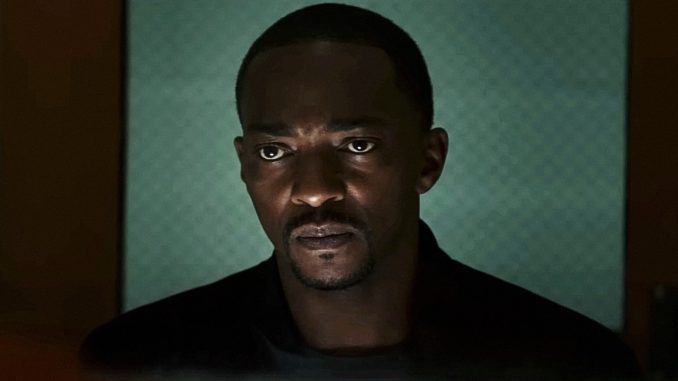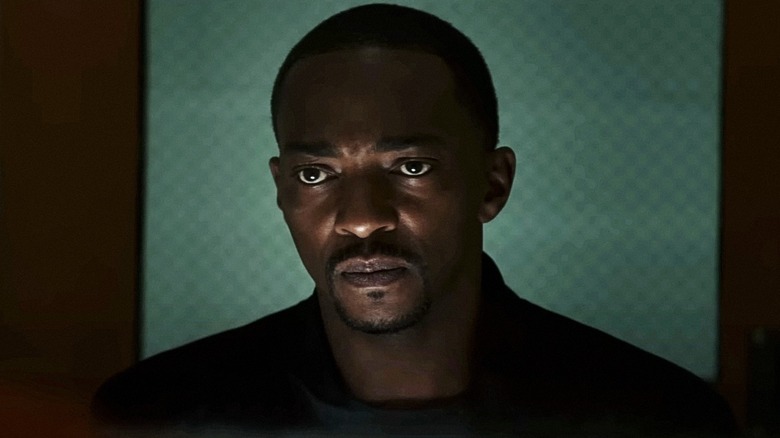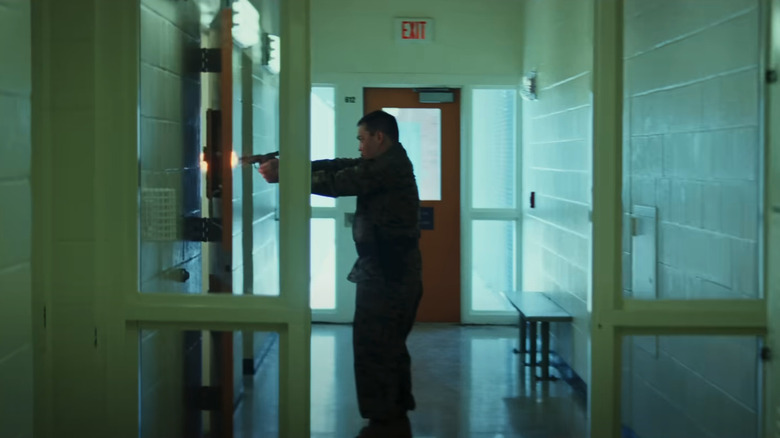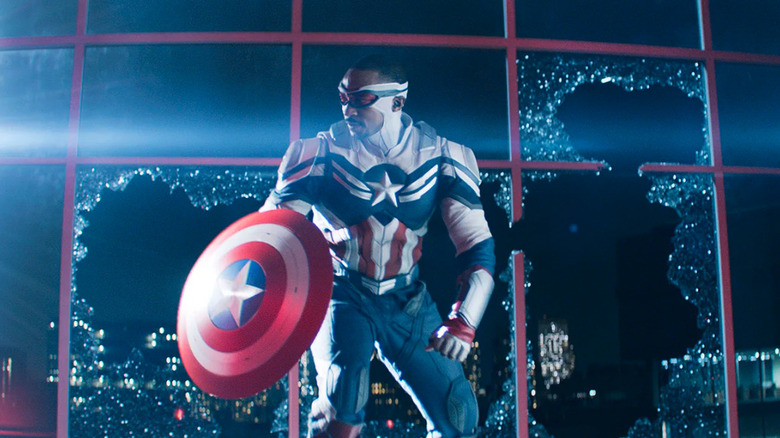
This article contains mild spoilers for “Captain America: Brave New World.”
Save for exceptions like the “Deadpool” movies, the Wolverine character study “Logan,” the oft-forgotten “Punisher: War Zone,” and the pre-Marvel Cinematic Universe flicks like the “Blade” trilogy, the MCU firmly exists in the land of PG-13 ratings. This is the magic ratings classification that the majority of blockbuster films are trying to fall into, because a PG-13 rating should, theoretically, appeal to the widest age range of viewers possible. G or PG-rated movies are typically viewed as “kiddie fare,” while an R or NC-17 rating is exclusionary by nature — and would segregate younger viewers from the theatrical experience, which certainly won’t help secondary markets like toys/merchandise.
Setting the MCU firmly in the range of PG-13 is not just a smart decision from a business standpoint, it’s also a great way to maintain the consistency of storytelling and tone. If audiences were rapidly fluctuating between baby movies for babies and ultra-violent gore in the middle of fight scenes, it would be even more difficult to be invested in the connected multiverses of the MCU across film and television. Unfortunately, the PG-13 rating — which was ironically created to fix the very problem it still possesses — is still deeply flawed.
While the official MPA rating does say that parents are strongly cautioned as some material may be inappropriate for children under 13, the range of what can be included in a PG-13 movie is pretty huge. “The Marvels,” an MCU movie that features the cat-like aliens known as the Flerken consuming people set to “Memory” from Andrew Lloyd Webber’s “Cats,” has the same rating as “Captain America: Brave New World” (read our review here), a movie where a mind-controlled military officer dies by suicide after putting a gun in his mouth and pulling the trigger.
That is a massive range of depictions of violence.
The MCU needs to find a consistent tone for violence, because the MPA is inconsistent
I’m not here to advocate for diluting the content within a film by any stretch of the imagination, but for a series that prides itself on catering to four-quadrant audiences, there were multiple moments in “Captain America: Brave New World” that had me taken aback by their inclusion. For one thing, Anthony Mackie’s Sam Wilson says the word “s***” probably five times throughout the film, and while I personally think people who get their panties in a bunch over “naughty words” need to get over it, I also have enough empathy to understand that not every parent wants to raise their kids like mine did.
Buying a ticket for their youngster to watch Captain America save the day usually doesn’t come with the added preview that he’s also going to swear a bunch. “But ‘The Falcon and the Winter Soldier’ was TV 16+!” I hear you cry. Yes, this is true, but if Disney+ viewership numbers have taught us anything, it’s that a hell of a lot of people are only going to the movies and are completely ignoring the MCU TV shows on streaming. As far as parents buying tickets are concerned, “Brave New World” should be no more extreme than “The Marvels.”
The language should mostly be a non-issue considering the MCU has never shied away from swearing, but the real shocker was the violence. I’m a certified cinematic sicko and looove violence on screen, but I again also recognize that I do not share the POV of the general audience member. Fighting in Marvel movies is nothing new, but there’s an intimacy and realism to “Captain America: Brave New World” that just … doesn’t feel in line with the recent wave of MCU movies focused on aliens and supervillains. Particularly the aforementioned moment when a military officer shoots two prisoners while under mind control before turning the gun on himself.
And yes, adults could (and should) seek out resources like parental guides online before determining whether or not to take their kids to a movie, but … that’s exactly the problem. Why should audiences have to take another step to dissect what they’ll see in a movie if the MPA ratings already exist, and why does this feel like the sister debate to trigger warning conversations?
An impossible conundrum needing creative solutions
As I’ve written about before on /Film concerning audiences requesting content warnings ahead of movies for scenarios that may be viewed as harmful or triggering, triggers differ from person to person, and even people who have a shared trauma might not be triggered by the same thing. A person could theoretically be triggered by anything, so it makes it impossible to determine what is or is not “worthy” of a trigger warning. The same could be said for what is “acceptable” in a PG-13 movie. When looking at the official rules for the rating system, the MPA explains that:
“A PG-13 motion picture may go beyond the PG rating in theme, violence, nudity, sensuality, language, adult activities, or other elements, but does not reach the restricted R category. […] Any drug use will initially require at least a PG-13 rating. More than brief nudity will require at least a PG-13 rating, but such nudity in a PG-13-rated motion picture generally will not be sexually oriented.
“There may be depictions of violence in a PG-13 movie, but generally not both realistic and extreme or persistent violence. A motion picture’s single use of one of the harsher sexually-derived words, though only as an expletive, initially requires at least a PG-13 rating. More than one such expletive requires an R rating, as must even one of those words used in a sexual context.”
Using words like “brief” and “generally” means there’s no real inflexible line to make sense of what feels like arbitrary rules. It’s also up to human interpretation, which as we already know, will differ wildly from person to person. It’s why the exact same implied sex scene with a straight couple isn’t deemed as “explicit” as that of a gay couple. If the MPA isn’t going to have hard and fast rules regarding what is or is not acceptable, the onus is then put on Marvel Studios to develop a series of their own internal limits — like their “no beheading” and “no smoking” rules. The unfortunate reality, however, is that to push those rules further would stifle creativity and push for even more homogenous filmmaking than what is already currently on the screen.
Three years ago, we pointed out that the PG-13 rating has become meaningless after audiences debated the rating of “Doctor Strange and the Multiverse of Madness.” When it comes to Marvel movies, at least they’re consistent.




Leave a Reply